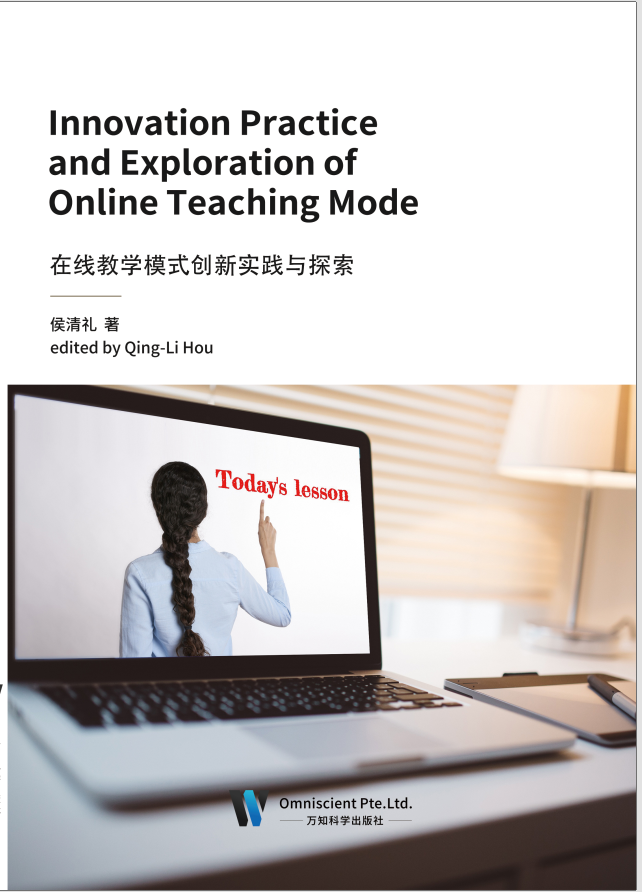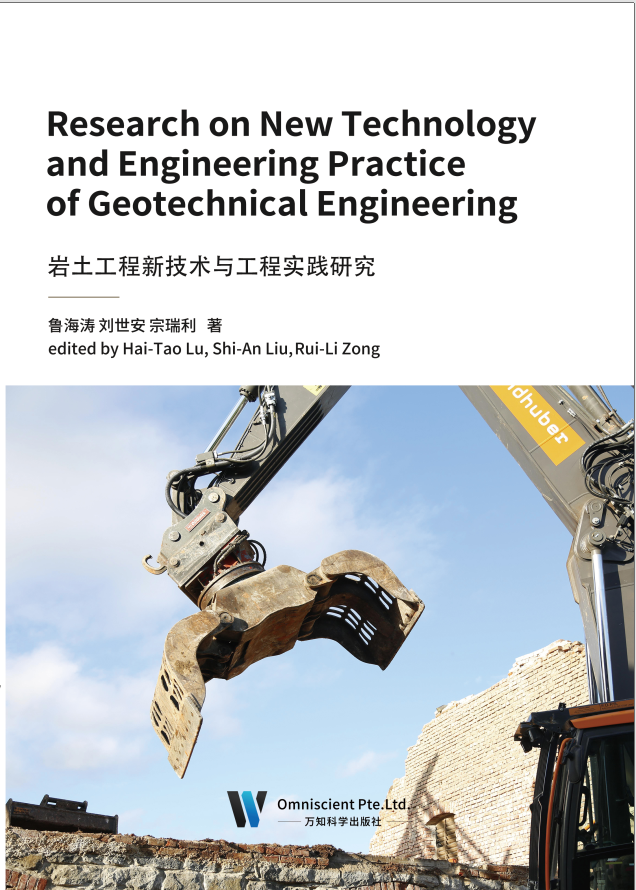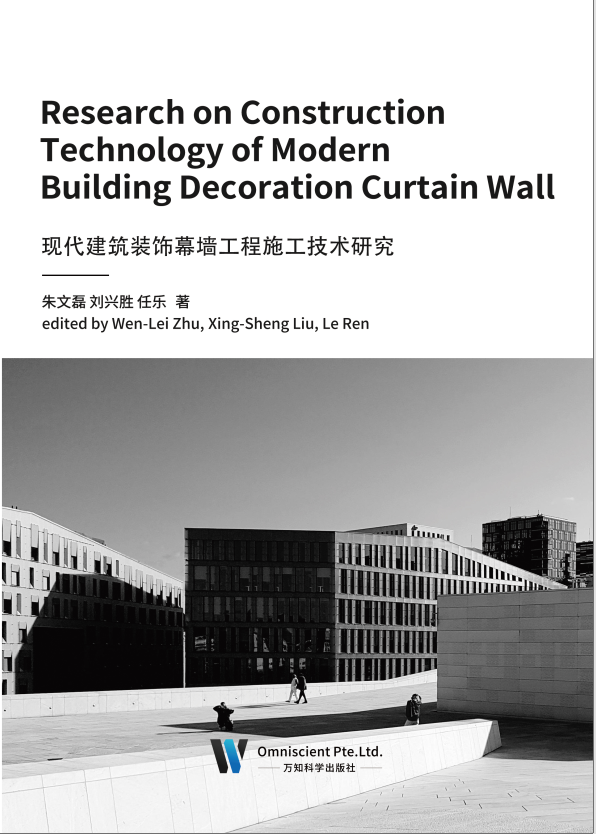
公共园林是指现代城市中公共绿地内的园林景观,是城市绿地系统中最重要的组 成部分,其在改善空气质量﹑降低噪声、缓解城市热岛效应等方面发挥了积极作用, 同时又为市民提供了安全舒适的休闲游憩、户外健身和防灾避险的绿色公共空间。公 共园林是自然、人文景观与休闲娱乐、生态功能的有机结合,具有不可替代性,其环 境效益、生态效益和社会效益显著。 景观园林设计是根据生态学与美学的原理,对局地的景观结构和形态进行具体配 置与布局的过程,它包括对视觉景观的塑造。景观园林设计又叫作景观建筑学,在建 筑设计或规划设计的过程中,通过对周围环境要素(包括自然要素和人工要素)的整 体考虑和设计,让建筑与自然环境产生遥相呼应的关系,达到整体和谐,提高其整体 的艺术价值。景观园林设计的最终目的是要创造出景色如画,环境舒适,健康文明的 游憩境域。 随着城市经济的不断发展,人们对城市环境的要求越来越高。园林景观在城市 中发挥的作用越来越明显,其景观设计会直接影响人们的心理、生理及精神状态。好 的城市园林景观设计,可以改善城市生态环境,陶冶城市居民情操。园林景观历史悠 久,在城市中具有非常重要的作用。中国园林在历史中形成了自己独特的风格,与世 界其他园林艺术交相辉映。想要更好地服务于城市居民,更好地服务于我们的自然生 态环境,加快城市生态建设发展的步伐就变得尤为重要。 本书提出公共园林的概念,借鉴国内外公共园林建设的经验,总结介绍了常见 的公共园林的形态、作用、功能和赏析技巧,以及规划设计、建设中应注意的相关问 题,可供园林从业人员及相关爱好者参考。

当前,社会信息化程度不断加深,信息技术对教育的革命性影响日趋明显。信息技术将促使教育的各个方面、各个环节产生深刻变革,它正改变着我们的学习习惯和学习方式,也正改变着学校的教学模式。在这个数字化、信息化时代的转型时期,我们需要重新审视教育制度和教学模式,思考如何在教育教学中充分利用现代技术并最大化地发挥教育技术的有效性。
作为教育信息化的产物,在线教育应该实现对学习者全面发展的促进作用,对深化教育领域综合改革的支撑作用和对教育创新发展、均衡发展、优质发展的提升作用。要深入研究在线教育规律,重视慕课、微课建设和翻转课堂的运用,统筹学历教育和非学历教育资源建设,适应固定端和移动端在线学习需要,努力营造“处处可学、时时能学”的泛在学习环境。
本书从“教、学、管”三个视角对在线教育的理论进行系统阐述,用现代教育理论指导典型在线教育模式的实践应用,详细展示了典型在线教育模式的课程设计、课件制作和教学实施等实践操作。全书编写上做到了在系统性基础上突出重点,即在在线教育系统理论研究上把握发展趋势,突出在线教育课程建设、平台建设等关键环节,在实践应用方面注重可操作性。
本书围绕新形势下的在线教学和教学管理,以在线教学给传统教学带来的冲击、课堂形式的转变、有效的在线课程组织、教学管理等各种实际问题为切入点,围绕在线教学过程、教学管理等方向开展研究工作,探讨了在线教学课程建设、网课平台选择、课件与视频制作、教学活动设计、教学环境营造、教学心理调适、教学效果反馈及评价等内容,对于提升教师业务水平,促进专业建设、学科发展具有积极意义。
本书对在线教育理论和实践运用进行了系统全面的讲解,具有较强的系统性、创新性和实用性,对国内在线教育的展开、职业教育的发展都具有很好的借鉴和参考作用。

我国经济的快速发展也带动了各行各业的发展,建筑行业就是其中发展较快的一个,在不断发展过程中人们也对建筑质量提出了高要求、高标准,传统的建筑技术已经不能跟上建筑发展的步伐,而想要提高建筑施工质量,提高岩土工程是关键,因为岩土工程的好坏直接影响正规建筑的施工质量,所以不断创新与研究新技术才能够在较短的时间内提升工程质量。由于岩土工程施工新技术具有很多优点,并且涉及的施工方面也比较广泛,进而导致岩土工程施工技术被广泛地使用。随着岩土工程施工新技术的不断使用,不仅能有效地提高了我国建筑施工的效率和质量,还能为建筑企业带来了很大的经济效益。
在具体对岩土工程进行各环节施工操作时,经由工程勘察的方式,可对相关的一些岩土地质信息加以了解,通过仔细分析及研究此类信息的方式,并将相应的研究结果反馈至施工单位处,对促进施工的安全性及质量提升均存在积极影响,在城市化进程不断推进的同时,想要有效确保施工质量,理应重视创新技术,有助于促使各环节施工更好地满足工程的现代化发展需求。作为控制建筑工程整体质量的基础工程,岩土工程的施工质量显得尤为重要。施工企业一定要引起高度重视,不断引进先进的施工技术,控制好建设工程项目的同时提高施工进度。
本书是一本关于岩土工程新技术与工程实践研究的专著,通过对岩土工程新技术的介绍,了解岩土工程中技术的发展情况,不断引进新技术,使我们的工程质量越来越好,从而进一步促进我国建筑行业快速、稳定向前发展。

随着社会经济的增长,土木工程向“高、深、大”方向发展,如修建跨海大桥、海底隧道高速铁路以及开发地下空间等,各类复杂的岩土工程问题不断出现。岩土工程理论也随着实践的发展出现了新理论与新的设计方法,而岩土工程理论是以岩土工程勘察与监测技术及其成果为发展背景的。没有新的岩土工程勘察与监测技术的发展,设计所依据的各项测试也无法获得,设计结果也无从验证。因而,岩土工程测试对于岩土工程实践与岩土工程理论均非常重要。
岩土体是自然界的产物,其形成过程,物质成分以及工程特性是极为复杂的,并且随受力状态、应力历史、加载速率和排水条件等的不同而变得更加复杂。所以,在进行各类工程项目设计和施工前,必须对工程项目所在场地的岩土体进行室内试验与原位测试,以充分了解和掌握岩土体承载性能,从而为场地岩土工程条件的正确评价提供必要的依据。但由于勘察与试验结果存在不确定性,如原状试样的代表性、取样过程的扰动以及应力的释放、试验边界条件与地基中实际情况不同等,还必须通过现场监测和测试,以确保岩土工程的安全性。同时,通过现场监测数据进行岩土工程参数的分析,可以验证工程设计的合理性,并进一步改进工程设计,同时也可以促进岩土工程相关理论的发展。所以,岩土工程测试技术与理论计算相辅相成,相互促进。
本书主要从岩土分类和勘察分级入手,重点对钻探设备与工艺、不良地质作用与特殊性岩土、岩土工程勘察室内试验技术、地下水勘察与监测、基坑工程监测技术、边坡工程监测技术及隧道围岩和支护系统施工监测进行了详细的分析。整体来看,本书结构严谨,条理清晰,各个章节环环相扣,希望能够为现代岩土工程勘察与监测技术研究提供一些有价值的参考。

随着时代在前进,科学技术和工业生产蓬勃发展,人民生活水平不断提高,人们更加注重室内外环境氛围,且崇尚艺术,对建筑装饰幕墙队伍的技术素质和工程质量的期待和要求越来越高。与此同时,许多有利于建筑装饰幕墙的新理念、新技术、新材料和新工艺被开发出来,并成功用于幕墙设计、制作和安装施工,解决了长期阻碍幕墙发展的疑难问题,从而使建筑幕墙技术在近年来获得了进一步提高,在建筑领域得到了广泛的认可和应用。
建筑装饰幕墙是现代建筑科学、新型建筑材料和先进施工技术的共同结晶,是科学技术发展的必然产物,是现代科学技术的象征和现代建筑发展水平的标志。建筑装饰幕墙在高层建筑、超高层建筑及大跨度民用建筑中得到了普遍的应用。由于建筑幕墙自身的特殊性,导致其设计和施工与主体结构不同,需要具有专业资质的队伍完成设计和施工,而且其工程质量的优劣对于确保建筑物的可靠度和安全性具有十分重要的意义。
本书从设计的角度来讲,幕墙设计是建筑设计的深化设计或二次设计。与此同时,幕墙设计亦是衔接土建工程和外围护结构施工与装饰的关键,除了要充分理解建筑设计的意图,幕墙设计师还要熟悉幕墙安装施工环节的各个细节,尤其是目前国内幕墙工程大都存在任务重、工期紧的通病,再加上幕墙施工前期的土建或钢结构施工经常留下这样或那样的问题,都需要设计师和幕墙深化设计单位去奋力解决。
本书结合“时代性、标志性、地方性”的设计构思,在建筑立面和造型设计上,以现代建筑风格为基调,整个造型要求简洁、新颖、充满活力,同时结合精致的细部处理,使得整个立面不失典雅、含蓄,这种设计构思要反映到幕墙设计上。对于综合装饰幕墙,不同收口部位的设计既有独立性,又有连贯性,既要考虑到外部的美观,又要考虑到不同幕墙的安装施工方便、工期合理、施工成本、维护方法及使用功能。
本书详尽叙述了各种建筑装饰幕墙的设计原理、造型构造、材料选择、结构计算、安装加工施工工艺及质量要求和部分验收标准。内容主要涵盖各种玻璃幕墙、金属幕墙、石材幕墙和混凝土挂板幕墙,并推荐与其有关的各种新型节能和智能幕墙,同时介绍了建筑装饰幕墙的发展趋势以及国内、外一些地标建筑的工程实例,以参考和启迪大家。